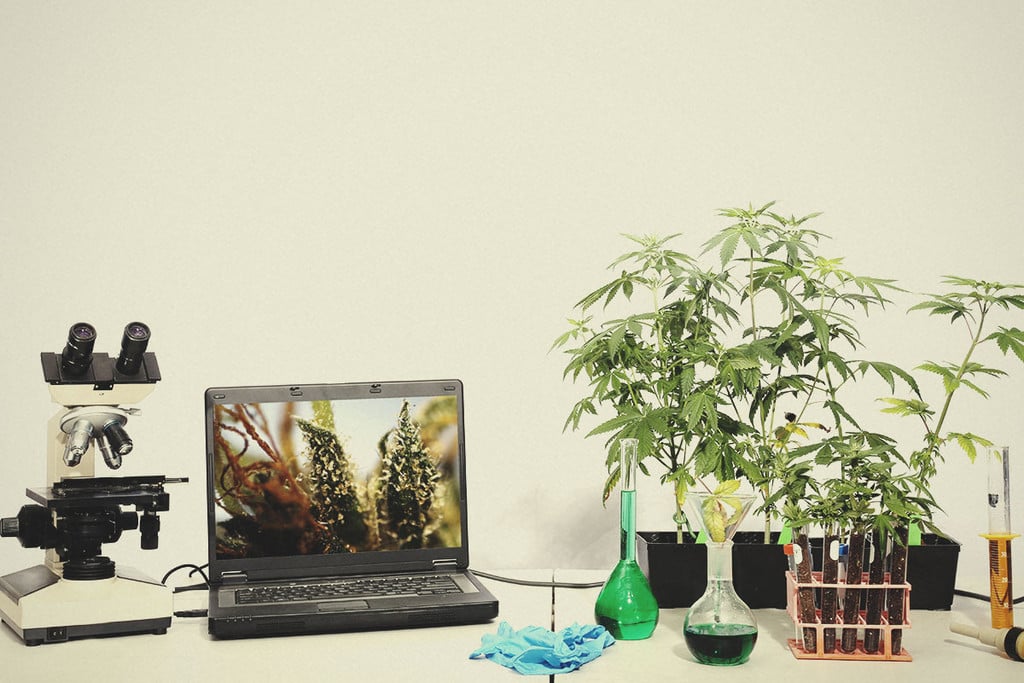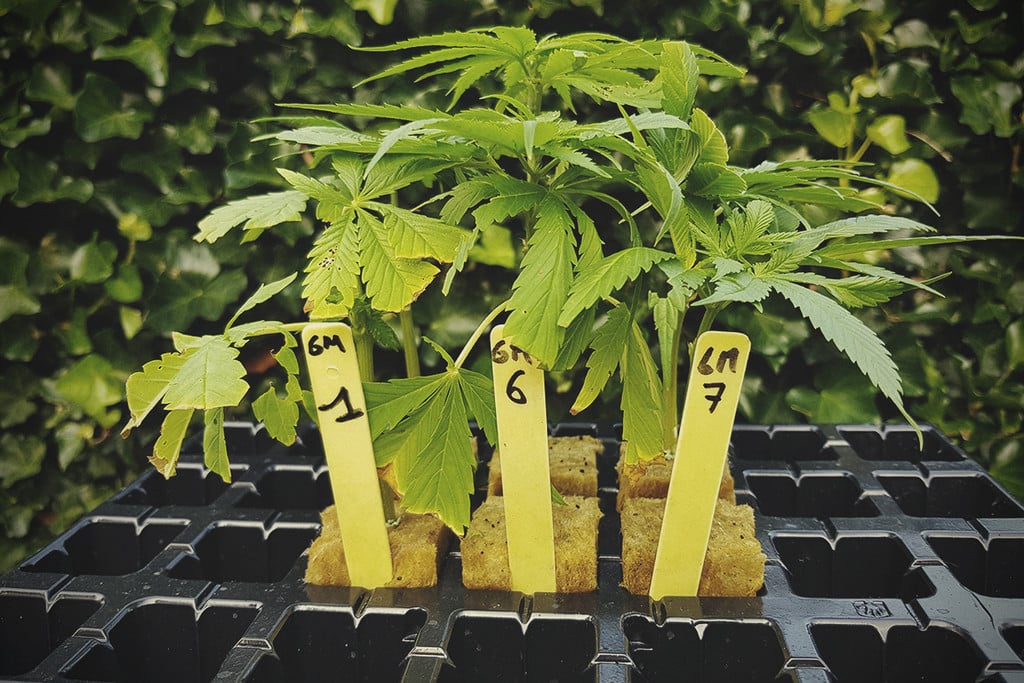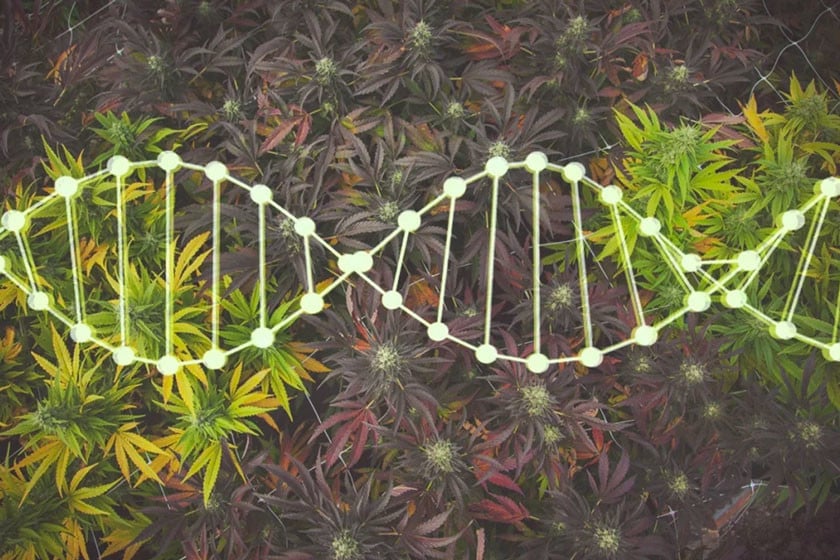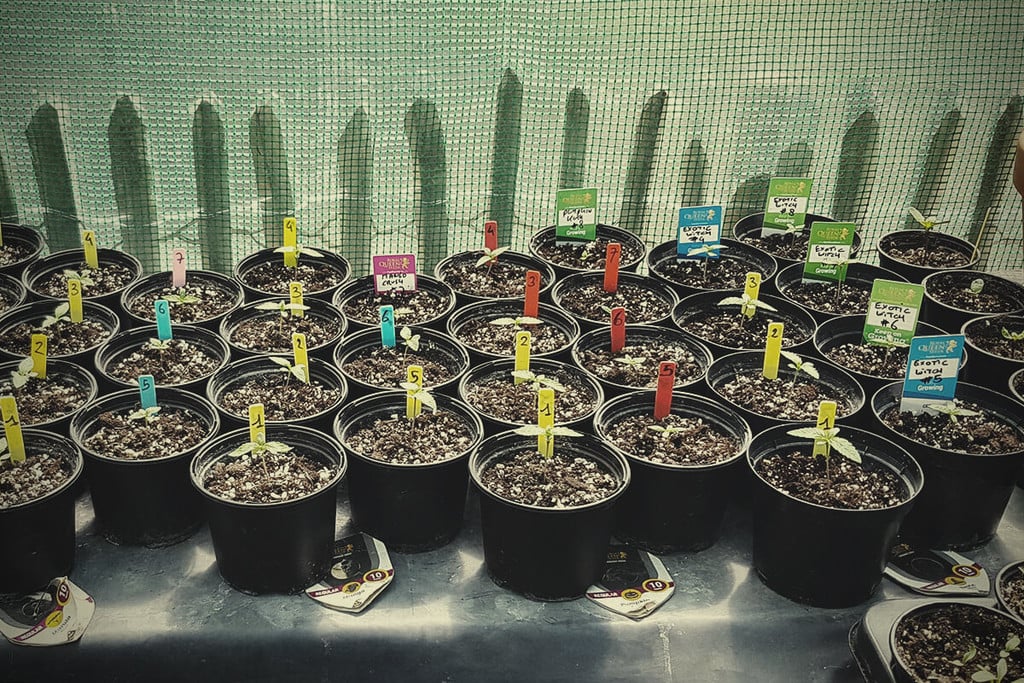.
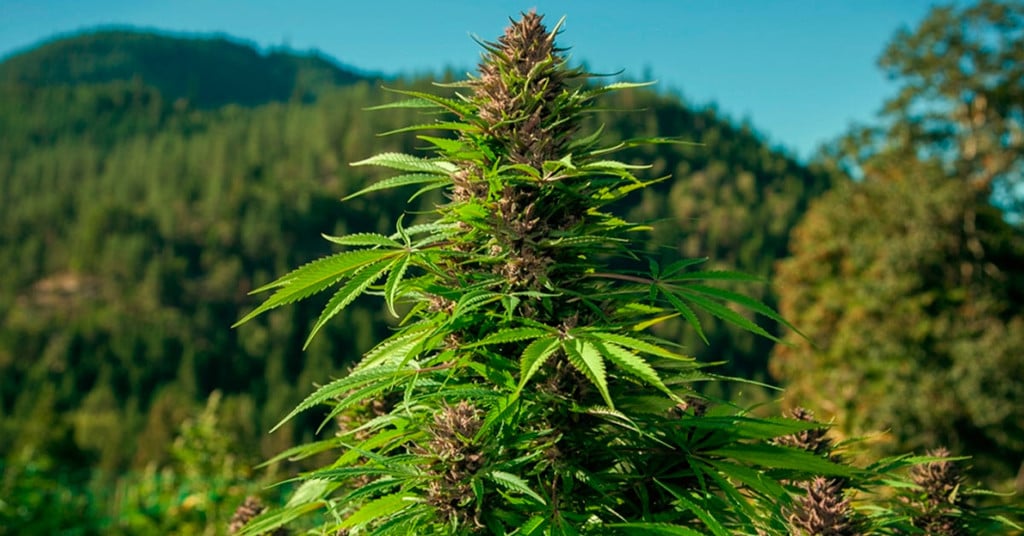
What Is Landrace Cannabis?
Landrace cannabis is found growing in the wild. This article explains what this kind of cannabis is, the most notable landrace strains from around the world, and why this subsector of the cannabis business is so critical for the long-term survival of the industry.
Contents:
When it comes to cannabis, variety really is the spice of life. But how is it that there are so many different strains with different features and genetics? We have landrace cannabis to thank for that. Landrace weed grows in the wild and is not bred with outside strains.
Modern hybrids may do a “better” job of getting you high or delivering the kind of custom taste and effect you want, but they have more diluted DNA. This is one reason it is so important to preserve, if not continue to find new, indigenous landraces. Beyond this, of course, there is also the importance of diversity, generally. Who can forget the fate of the banana, an exotic crop that has essentially been bred into a monoculture almost everywhere?
As a result, landraces are becoming valuable commodities in the cannabis industry at large. Indeed, as cannabis becomes more of a mainstream crop, original genetics becomes even more important.
Allow us to break down what you need to know about landrace marijuana, why it's so vital to the industry, how it differs from cultivars, and some of the different landraces from around the world.
What Is Landrace Cannabis?
A quick Google search on “landrace cannabis” will lead you down a somewhat confusing path of disparate definitions and descriptions. While some label landrace weed as native or inherent to a given region, this isn’t exactly true. Cannabis of all types is believed to have first been domesticated[1] in the early Neolithic period somewhere in Asia (researchers have not yet discerned if in East, South or North), before spreading to locations far and wide.
So, landraces are actually domesticated cannabis plants that adapted over many years to different geographic locations—from the cold and dark to the hot and sunny. What makes these varieties unique is that they have not been crossbred with foreign varieties or stabilised, which makes them extremely valuable to the world of cannabis genetics.
By selecting landrace specimens and crossing them with various cultivars in controlled conditions, breeders can inject greater diversity into their strain lines, and harness novel characteristics expressed by traditional varieties from different parts of the globe.
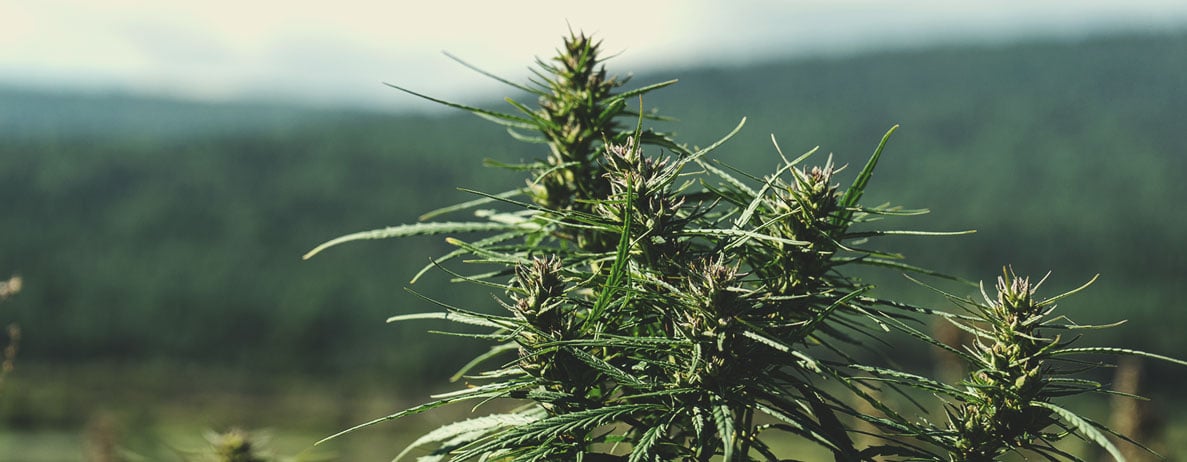
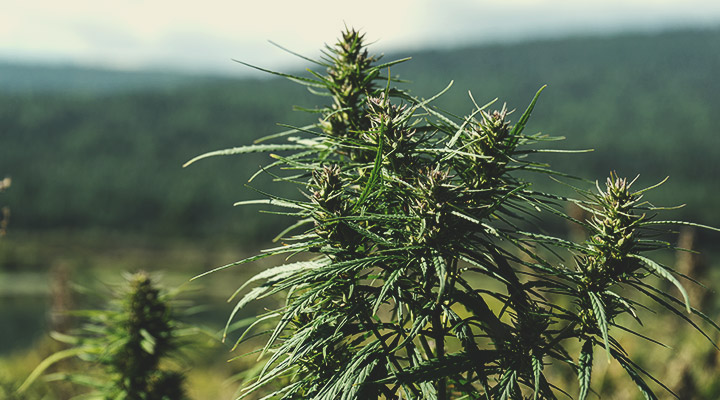
-
Landrace vs Cultivar
It’s important to understand that landraces, though domesticated, are different from cultivars—cultivated varieties that have been selectively bred to exhibit specific traits. This encompasses “heirloom cannabis” as well. Though heirloom cultivars have not been crossed with foreign varieties, they’ve been cultivated outside of their original geographic location, which makes them distinct from landraces.
That said, many heirloom strains are developed from landraces, allowing growers and breeders to harness the strong traits of a certain type of plant and improve their consistency through inbreeding. For example, Angola Red is an heirloom strain that was developed from an African landrace.
Landrace cannabis differs from commercially available cultivars in leaf size, colour, and phytochemical production. It is likely to be less consistent and stable than the average hybrid, but such variation and instability is vital to the preservation of the cannabis species. Indeed, many of the classic strains we know and love today feature landraces as their backbone—which is part of why they’ve remained so successful over the years.
Moreover, landraces from the Cannabis ruderalis "subspecies" are required to endow modern cultivars with the autoflowering trait. These landraces adapted to the harsh and short summers of their Central Asian homeland, which resulted in them adapting to bloom based on age instead of light exposure. In other words, if it weren’t for landraces, we wouldn’t have any autos!
How Many Landrace Strains Are There?
When cannabis spread from its native China, it made its way to many different parts of the world. In the 1960s and 70s, Europe and North America got its hands on landraces as travel increased to more remote areas of the world. As a result, there are numerous types of landraces known to cannabis fans. However, some landrace populations are at risk, which is why careful preservation is key.
It's unclear whether breeders have even found all of the unique landraces out there. This is why there is such a thing as "strain hunters".
What Are the Original Landrace Strains?
Cannabis strains can be traced, much like family trees. New strains are created via the mating of a male and female cannabis plant. They are then mapped, just like human genetics. Landrace cannabis is the forebear of the cannabis family tree. Landraces like Afghan, Hindu Kush, Durban Poison, and Red Congolese are also the basis of many well-known modern hybrids. This is why their addition to new breeding efforts is so welcome—and popular.
Beyond this, however, it is important to remember that cannabis is a continually evolving plant. Move a landrace to another environment, and it will begin to adapt, taking on additional characteristics as it does. This means that “landrace” strains from new environments actually become something else—more accurately, heirloom strains.
Below are some of the most well-known landraces from different regions of the globe, and what they have to offer.
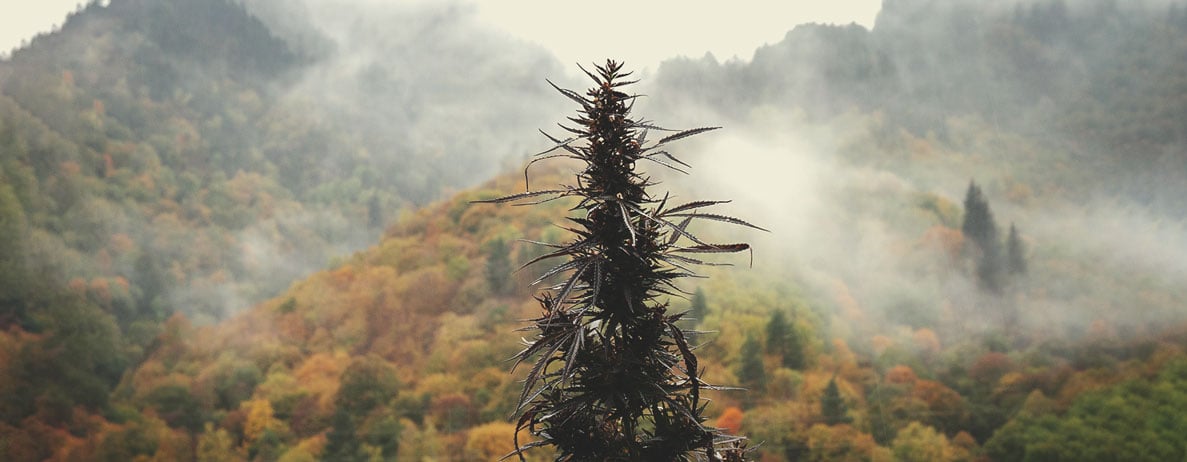
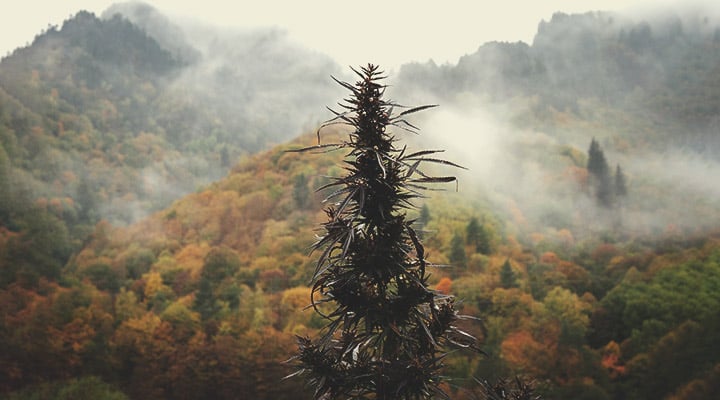
-
The Middle East
The names of these strains are world-famous today, even if “just” as the parents of multiple hybrids downstream.
| Afghan/Afghani | This heavy indica strain is found in the remote Hindu Kush mountains running through Afghanistan, India, and Pakistan. Afghan marijuana is known for its heavy resin production and stoning terpenes. |
| Hindu Kush | Every serious stoner has at least heard of this one. Found in the same region as Afghan, this strain produces serious trichomes to protect it against the cold. This strain is also used in hash production across India, Pakistan, and Afghanistan. |
| Mazar I Sharif & Lashkar | These strains also hail from this part of the planet, featuring an abundance of heavy trichomes that also makes them ideal for hash production. |
| Afghan/Afghani |
| This heavy indica strain is found in the remote Hindu Kush mountains running through Afghanistan, India, and Pakistan. Afghan marijuana is known for its heavy resin production and stoning terpenes. |
| Hindu Kush |
| Every serious stoner has at least heard of this one. Found in the same region as Afghan, this strain produces serious trichomes to protect it against the cold. This strain is also used in hash production across India, Pakistan, and Afghanistan. |
| Mazar I Sharif & Lashkar |
| These strains also hail from this part of the planet, featuring an abundance of heavy trichomes that also makes them ideal for hash production. |
-
Asia
Don’t overlook Asia for its landrace strains. The strains below are also parents of some of the most popular hybrids on the market today.
| Acah/Atjeh | This sativa landrace originates from the Aceh region of Indonesia. It is primarily known for its fruity flavour accented with earthy undertones. |
| Thai | A hugely popular sativa since the 1970s, it is widely known to North Americans because it was exported during this time. However, as it is a sensitive strain, it cannot be grown outdoors in this environment (unless in more humid, sweltering regions). Thai is the parent strain of popular hybrids like Blueberry and Haze. |
| Chocolate Thai | This deliciously scrumptious-sounding and tasting strain is a descendent of Thai. It offers a unique chocolate-coffee aroma that attracts consumers in every Dutch coffeeshop it is featured in. |
| Acah/Atjeh |
| This sativa landrace originates from the Aceh region of Indonesia. It is primarily known for its fruity flavour accented with earthy undertones. |
| Thai |
| A hugely popular sativa since the 1970s, it is widely known to North Americans because it was exported during this time. However, as it is a sensitive strain, it cannot be grown outdoors in this environment (unless in more humid, sweltering regions). Thai is the parent strain of popular hybrids like Blueberry and Haze. |
| Chocolate Thai |
| This deliciously scrumptious-sounding and tasting strain is a descendent of Thai. It offers a unique chocolate-coffee aroma that attracts consumers in every Dutch coffeeshop it is featured in. |
-
South & Central America
Both South and Central America boast legendary landrace cannabis.
| Acapulco Gold | This pure sativa comes from Mexico. Featuring amber pistils and golden-brown/purple leaves, this strain is becoming increasingly hard to find in its true form, as it has been crossbred with so many other strains. |
| Colombian Gold | A perennial pothead favourite, Colombian Gold originated in the Santa Marta Mountains of the Central American country after which it is named. This is a euphoric, mood-lifting strain with a skunky, sweet flavour. |
| Panama Red | This landrace is found in South America, where it was re-discovered in the 1960s and exported to the US for consumption. |
| Acapulco Gold |
| This pure sativa comes from Mexico. Featuring amber pistils and golden-brown/purple leaves, this strain is becoming increasingly hard to find in its true form, as it has been crossbred with so many other strains. |
| Colombian Gold |
| A perennial pothead favourite, Colombian Gold originated in the Santa Marta Mountains of the Central American country after which it is named. This is a euphoric, mood-lifting strain with a skunky, sweet flavour. |
| Panama Red |
| This landrace is found in South America, where it was re-discovered in the 1960s and exported to the US for consumption. |
-
Africa
| Durban Poison | Hailing from South Africa, this landrace is one of the few you can still find in its pure form. Its mild, sweet and spicy aroma and uplifting effects are a big reason for that. Why mess with something that works? Its resin is also used as the basis for many kinds of concentrates. |
| Kilimanjaro | Hailing from the mountains of Tanzania, Kilimanjaro is a massive strain that holds spiritual significance locally. Its citrusy, fruity notes set this one apart from other strains. |
| Swazi Gold | This strain is known for its sweet aroma, and its ability to survive in harsh conditions. |
| Durban Poison |
| Hailing from South Africa, this landrace is one of the few you can still find in its pure form. Its mild, sweet and spicy aroma and uplifting effects are a big reason for that. Why mess with something that works? Its resin is also used as the basis for many kinds of concentrates. |
| Kilimanjaro |
| Hailing from the mountains of Tanzania, Kilimanjaro is a massive strain that holds spiritual significance locally. Its citrusy, fruity notes set this one apart from other strains. |
| Swazi Gold |
| This strain is known for its sweet aroma, and its ability to survive in harsh conditions. |
-
Jamaica
| Lamb’s Breath | This iconic strain is known primarily as one of Bob Marley’s favourites. This sativa purebred has a sticky texture and a herbal, citrus flavour. |
| Lamb’s Breath |
| This iconic strain is known primarily as one of Bob Marley’s favourites. This sativa purebred has a sticky texture and a herbal, citrus flavour. |
Can You Buy True Landrace Cannabis Strains?
The landrace strains that were discovered by Westerners in the 1960s and 1970s are not cultivated on a large scale anywhere, even where cannabis is now legal. There are a few, however, that are so popular that they remain on the market. Nowadays, these can more accurately be referred to as heirloom strains.
That said, they are relatively rare. This is because cannabis cultivators tend to be fairly picky about the characteristics they want. The uber-potent and flavourful hybrids on the market have certainly shaped taste buds and preferences. Ultimately, most people are just not interested in cultivating pure landraces—sometimes due to their fickle, inconsistent growing characteristics, or their long flowering times.
Are Landrace Strains Better?
The only real difference between landrace cannabis and strains of cannabis is that the former is open-pollinated in nature—the latter has been deliberately tinkered with.
The best way to find out which you prefer is to experiment for yourself. If you’re lucky enough to get your hands on some landrace seeds, put them in the soil and see how they fare! Just make sure you have the time and space to dedicate, and you’ll undoubtedly be privy to a unique growing and smoking experience.
- Large-scale whole-genome resequencing unravels the domestication history of Cannabis sativa https://www.science.org


























